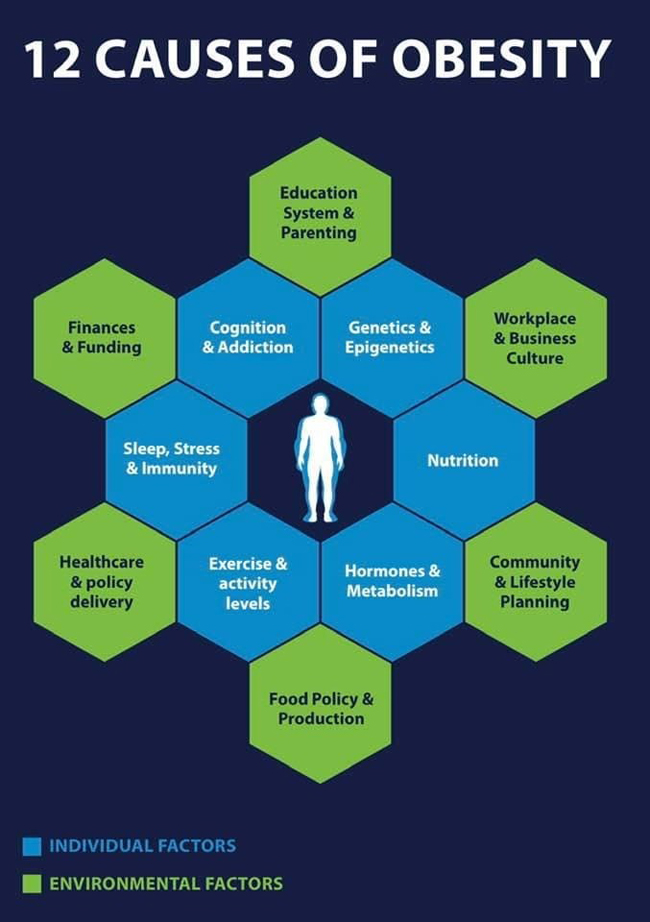
SAN DIEGO — Imagine if pizza was just pizza, and not a stress reducer.
Guess what? It’s not. It’s just pizza.
Now, imagine if that ice cream, those cookies, the bag of potato chips and those burgers with fries were just, well, food, and not mood enhancers? Guess what? They’re not. They’re just food.
That said, a lack of essential nutrients can contribute to the onset of poor mental health and “nutritional psychiatry” is a growing discipline that does focus on how food and supplements can elevate mood.
Adding probiotics, zinc, magnesium, omega 3, and vitamins B and D3 can help improve mood and improve the mental capacity of people with Alzheimer’s.
The trouble is that food is too often way more than simply healthy nutrition. Food is far too often something we nosh on to “bring back that lovin’ feeling,” and to overcome negative emotions such as sadness, ennui, anger or tension…but not those foods that have been known to be able to do so.
Now let’s keep in mind that when it comes to the chronic, multifactorial disease of obesity, it’s far from simply about eating less and exercising more. Obesity is not an eating disorder. Keep in mind that obesity is a chronic disease that we’ve long recognized cannot be easily dismissed by willpower or weak personal responsibility. In fact, here are 12 widely recognized causes of obesity in the graphic below.
Obesity is not a single simple condition, but rather a collection of conditions with a common feature, an accumulation of unhealthy excess fat tissue.
Overeating, what we are discussing in this column, is not obesity. It’s always important to be aware of what you feed, your head or stomach. So do you know where your hunger really lies?
Here’s my handy “Gastronomic Positioning System” to help you locate your hunger above or below your neck.
✓ Head, or “emotional,” hunger is above your neck and stomach, or “physical,” hunger is below your neck. Easy enough, right? But wait, there’s more.
✓ Head hunger hits you out of the blue, when you aren’t even be thinking about food. One minute you are focused on writing an article and the next minute, whoosh, it’s “FEEEEED ME NOWWWWW!” time.
✓ Are you craving only one type of food? Think that only that chocolate almond candy bar will satisfy you? That’s hunger that’s coming from above the neck, especially when that “not-really-hunger” is urgent and tugging at you to eat NOWWWW!
✓Your GPS is pointing brainward when that “not-really-hunger” is tied to a situation you erroneously believe is “upsetting” you, “making” you sad, “causing” you to feel angry. (Remember, the link is what you think.).
✓Really believe that someone else is shoving that cupcake into your mouth? Psychotically believe the plate of fries is calling your name? Find that the food on the buffet line somehow automatically winds up in your mouth and you have no recollection of how it got there? That’s above the neck, emotional hunger. By the way, the fries aren’t calling your name. Fries don’t talk. Really. They don’t.
✓Got that full feeling but keep eating anyway? Guess which hunger that is? Yep, you guessed it. It’s that nasty head hunger that’s on auto-mindless pilot.
✓ So, you were feeling anxious, depressed, angry and thought that potato chips and ice cream would be good mood fixers. So you ate and ate and lo and behold, still feel what you were feeling but now on top of that, you also feel that grisly guilt feeling. That’s definitely a knock on your door that says, “This is your head stopping by for some food.”
Hunger that comes on slowly, usually a few hours after you’ve eaten a meal, doesn’t “require” one specific food to “satisfy” you, begins with rumbling and gnawing sounds in your stomach and is patient, is real, true to life, in your stomach, physical hunger. It’ll stop when you are full and probably won’t leave you feeling guilty after you’ve eaten. Sounds great, right?
Now that you know the difference, here are some steps to turn your head around.
- Identify the emotional triggers that set your eating in motion. Emotion journals that include what you think and feel are remarkably helpful in focusing in on an illogical drive to eat. Write down what you are thinking and feeling before, during and after you eat. Ask yourself, “Am I physically hungry? What am I thinking/feeling? What do I need? How can I meet this need?”
- Create and use your own “hunger scale” from 0, starving to the point of feeling sick, to 3, hungry with a grumbling stomach, to 7, feeling full and slightly uncomfortable to 10, feeling sick and extremely uncomfortable.
- It’s not what’s eating you but rather it’s what emotion(s) you are eating about. Create other ways to deal with emotional eating. This might include going for a walk, talking things over with a trusted friend, exercising, taking a nap, or some other productive activity. Tell yourself, “It’s just a craving and it’ll pass.” “I can stand feeling discomfort.” “Just because I think it’s what I need, doesn’t mean it really is.”
- Before eating, use these four steps:
Stop
Breathe
Reflect
What’s behind my wanting to eat now?
What am I thinking about this particular food?
Is this what I really need?
Choose wisely
Keep in mind we are not speaking about an eating disorder here. Those with a recurrent binge eating disorder, for example, demonstrate:
-
- Eating, in a discrete amount of time (e.g., within a 2-hour time period), an amount of food that is definitely larger than most people would eat during a similar period of time in similar circumstances
- A sense of lack of control during the episodes, for example, a feeling that one can’t stop eating or control what or how much one is eating
Those with binge eating disorder also demonstrate marked distress about at least 3 of the following 5:
-
- Eating more rapidly than usual
- Eating until uncomfortably full
- Eating in absence of hunger
- Eating alone because embarrassed about eating
- Feeling disgusted, depressed, or guilty afterwards
You’ve heard it said, “you are what you eat.” Well, science has shown that it is in fact true that a healthy diet has an impact on physical and mental health. It seems to lie in the vagus nerve connection between the gut and the brain. This gut-brain axis provides us a greater understanding of the connection between diet and disease and is also relevant in psychiatric disease. The human microbiome, which has co-evolved with humans, is a community of different bacteria that inhabit the body and is beneficial to humans.
Want some guidelines on mood enhancing foods from the field of nutritional psychiatry? Recent research has shown, “Twelve Antidepressant Nutrients relate to the prevention and treatment of depressive disorders: Folate, iron, long-chain omega-3 fatty acids (EPA and DHA), magnesium, potassium, selenium, thiamine, vitamin A, vitamin B6, vitamin B12, vitamin C, and zinc. The highest scoring foods were bivalves such as oysters and mussels, various seafoods, and organ meats for animal foods. The highest scoring plant foods were leafy greens, lettuces, peppers, and cruciferous vegetables.”
Finally here are additional guidelines on healthy eating during COVID19 to help with mood, and beyond the pandemic:
- Eat whole foods and avoid packaged or processed foods
- Think of eating an orange rather than drinking orange juice to avoid added sugars
- Instead of a vegetable juice, consider increasing your daily servings of fruits and vegetables
- Include probiotic-rich foods such as yogurt (avoid fruit-based yogurt, which is high in unwanted sugars)
- Eat foods rich in fiber
- Replace sugary desserts with a serving of fresh fruit and dark chocolate
- Avoid processed and packaged foods that are high in food additives that disrupt the healthy bacteria in the gut
*
Michael R. Mantell earned his Ph.D. at the University of Pennsylvania and is a personal coach, speaker and consultant in behavior science. He also writes a weekly D’var Torah column. More of his stories may be accessed by clicking his byline at the top of this page. He may be contacted via michael.mantell@sdjewishworld.com
